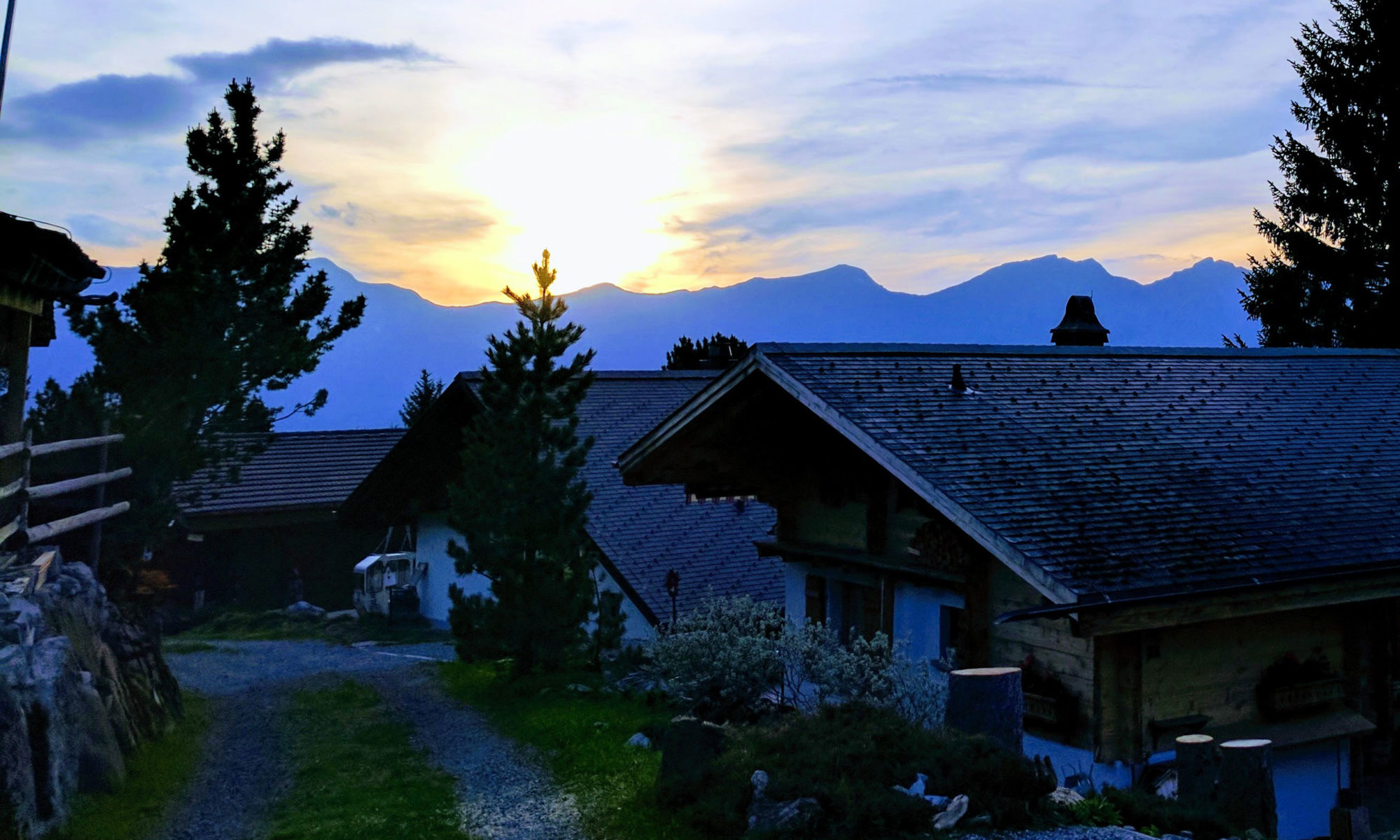Koyasan was another of those places which I pondered over a lot – whether it was worth it or not. There were a few places that I went to (like Nara) which were (almost) universally liked and touted about everywhere. But when I reached there, it didn’t feel like anything new or special. Maybe because being from India many (seemingly) Asian attractions are not anything extraordinary for me. But Koyasan boasted of something people in tropical countries are not very fortunate of seeing often – the autumn colours. So when our host in Osaka casually remarked that Koyasan would be a beautiful place to visit that time around (in November), that sealed the deal.
Because it was a sudden plan, I had not really done my homework when it came to the place. At Shin-Imamiya station, I came to know that the journey will be three way – train, cable car then bus.
But at the Bus stop at Koya-San. I was totally at a loss of where to go. Thankfully, there was a very helpful (like most Japanese) person there, who with my broken Japanese and his handful English helped me figure out that Okukunoin is probably the best place to start.
Now Okunoin is where Kukai, a sacred religious figure in Japan, is believed to be in eternal meditation. As you walk from the bus stop to the main worship hall, there are innumerous gravestones of people who wanted to be buried near Kukai. I don’t know the exact figure, but around 200,000 monks are buried in the area.
The walk feels both surreal and beautiful. And I stopped more than once to look at some of the graves wishing I could understand at least some of what was written on them.
I came to know this later, but there are audio guides available for all of Koyasan at many tourist information centers and they do not cost much. One information center is at the entrance of Okunoin too and it’s better to get them if you do not have any guide. The entire mountain is very rich, culturally, and the guides may give you more to appreciate about it. In fact many of the graves had the guide markings on them and all of them was a reminder (for me) that how different the trip might have been with a guide.
Anyway. You don’t need a guide to appreciate nature. And Koyasan did not lack anywhere in natural beauty. It is visited aplenty by tourists too, mostly Japanese. And it is not unusual to spot an occasional monk going about his way.
There are many other historical places. They were not difficult to find. They’re highlighted in almost any map you come across (even bus route maps, so you’ll stumble onto them even if you’re not particularly headed there).
Other Tidbits
Koyasan is also known for its vegetarian meals – Shoujin Ryouri – as the cuisine is called. The monks here strictly follow a vegetarian diet. So need not to say, I was pretty excited about trying it out. I mean, it could be the only place in Japan where I could try out the local meal! So I asked at the tourist centre about a good place where I could get one, and as a good sign, the place even had a queue. When I finally got my order, it was…. actually not as good as I had hoped it would be. Either the restaurant was not as good, or (and I’m sorry if I sound obnoxious) Indians have a wider palate when it comes to vegetarian food. I’ll need some time to get use to the Japanese cuisine.
If you’re planning a long stay in Kyoto, I found Koyasan to be very similar to Kurama Mountain (and the Kibune shrine there). From June to September, the restaurants there build platforms on tiny waterfalls for customers to enjoy their cuisines while being closer to nature. This practice is called Kawadoko. More info here.
For me, Koyasan equates to the the beautiful colors and the mystical feeling in Okunoin. If you’re someone more accustomed to autumn in its splendour, it may not hold much of wonder. But if you’re not, the place may just make you fall in love with the season. Read about my trip to Osaka.

